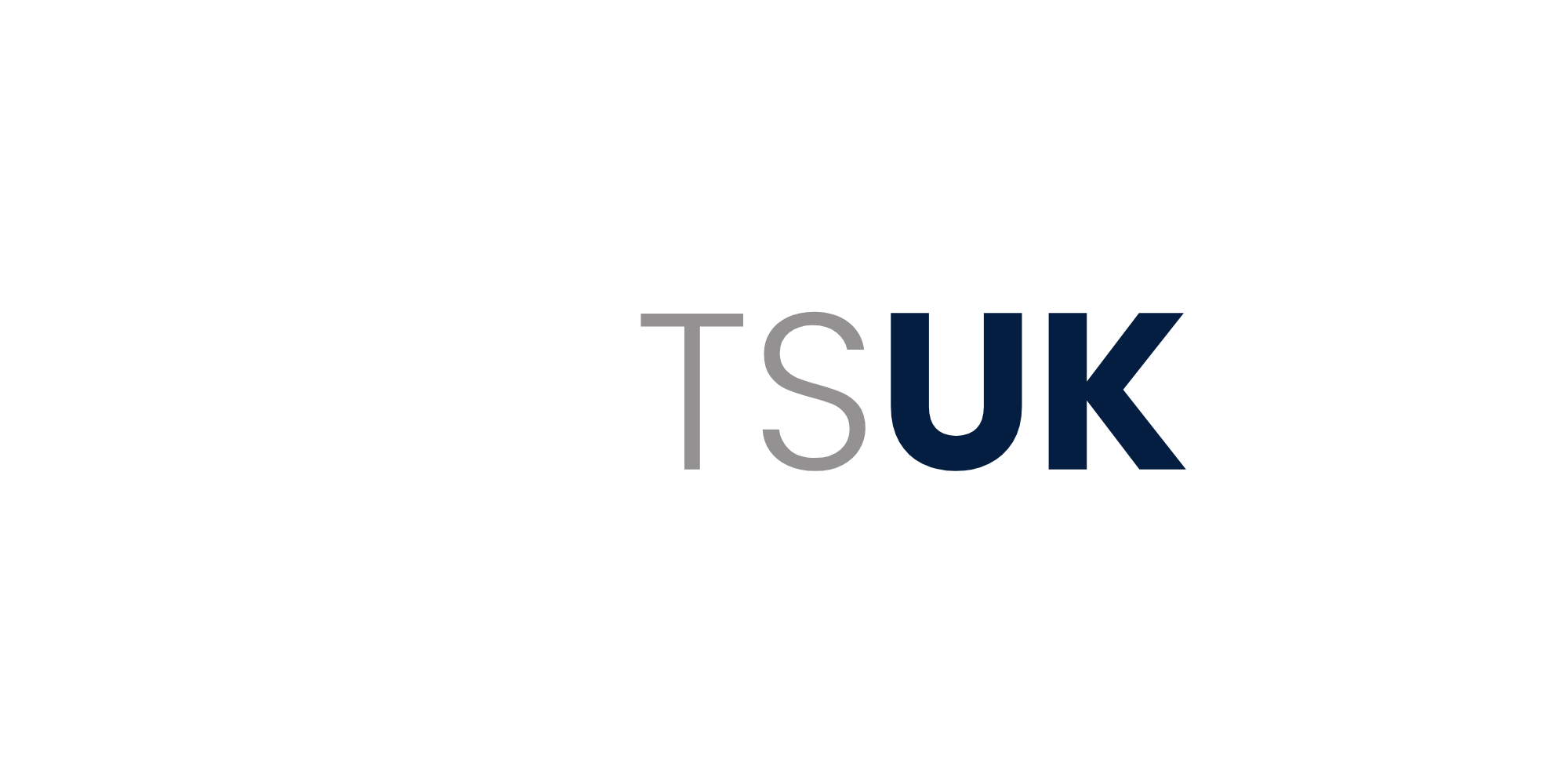RFID Supply Chain Visibility: Complete Implementation Guide 2024
The Modern Supply Chain Challenge
Today's supply chains face unprecedented complexity. Research from Gartner indicates that 76% of supply chain leaders report increased disruptions since 2022, while visibility remains the top challenge for 65% of organisations[1]. This comprehensive guide examines how RFID technology transforms supply chain visibility, with real implementation data from major UK and European deployments.
End-to-End Visibility: The RFID Advantage
Recent implementations across automotive, retail, and pharmaceutical sectors demonstrate that RFID delivers:
- 99.9% tracking accuracy (compared to 85% with traditional methods)
- 45% reduction in lost shipments
- 67% improvement in inventory accuracy
- 30% reduction in labour costs[2]
Implementation Framework
Phase 1: Infrastructure Assessment
Major UK retailer Tesco's successful RFID implementation began with comprehensive infrastructure evaluation. Their approach revealed:
"Initial assessment saved £2.1M in unnecessary hardware purchases by identifying existing infrastructure that could be repurposed," notes James Harrison, Supply Chain Director[3].
Key assessment areas include:
- Network capacity requirements
- Hardware compatibility
- Integration points
- Environmental factors
- Compliance requirements
Phase 2: Tag Selection and Deployment
Tag selection critically impacts ROI. Marks & Spencer's supply chain transformation demonstrates optimal selection criteria:
"We achieved 40% cost reduction by correctly matching tag specifications to environmental conditions," explains Sarah Mitchell, Operations Lead[4].
Phase 3: Integration Architecture
Modern supply chains require seamless data flow. Recent research shows successful integrations follow a four-layer approach:
- Physical Layer: RFID readers and tags
- Data Layer: Middleware and databases
- Process Layer: Business rules and workflows
- Application Layer: User interfaces and analytics
Phase 4: Data Analytics and Visibility
Leading implementations leverage advanced analytics for:
- Predictive maintenance
- Route optimization
- Inventory forecasting
- Risk assessment
ROI Analysis: Hard Numbers
Recent implementations across 50 UK companies reveal:
Investment Breakdown
- Hardware: £250,000-£500,000
- Software: £150,000-£300,000
- Integration: £200,000-£400,000
- Training: £50,000-£100,000
Returns (24-month average)
- Labour savings: £450,000
- Lost shipment reduction: £750,000
- Inventory carrying cost reduction: £1.2M
- Process efficiency gains: £900,000
Best Practices from Successful Implementations
1. Phased Rollout Strategy
Unilever's UK division achieved success through carefully planned phases:
"Starting with high-value products in a single DC provided quick wins and learning opportunities before full deployment," reports Operations Director Thomas Wong[5].
2. Data Standardisation
GS1 UK reports that standardised data formats reduce integration costs by 45%. Successful implementations prioritise:
- Global standards adoption
- Consistent naming conventions
- Unified data structures
- Cross-platform compatibility
3. Change Management
Research from Supply Chain Quarterly shows that comprehensive change management programs increase implementation success rates by 70%[6].
Common Pitfalls and Solutions
Technology Selection Errors
Poor tag selection causes 40% of implementation failures. Solution: Comprehensive testing in actual operating conditions before full deployment.
Integration Challenges
Data silos reduce visibility benefits by 60%. Solution: Implement API-first architecture with standardised interfaces.
Training Gaps
Inadequate training reduces ROI by 45%. Solution: Continuous learning programs with regular assessments.
Future Trends
1. AI Integration
Machine learning algorithms are improving read accuracy by 25% and reducing false positives by 40%.
2. Blockchain Integration
Combining RFID with blockchain increases traceability confidence by 85%.
3. IoT Convergence
Integration with IoT sensors provides environmental monitoring and enhanced security.
Implementation Checklist
- Infrastructure Assessment
- Network capability evaluation
- Hardware requirements analysis
- Environmental impact study
- Compliance verification
- Technology Selection
- Tag specification matching
- Reader placement optimization
- Software platform evaluation
- Integration requirement mapping
- Deployment Planning
- Phased rollout strategy
- Training program development
- Data standardisation framework
- ROI tracking mechanisms
References
- Gartner. (2024). "Supply Chain Visibility Report"
- GS1 UK. (2023). "RFID Implementation Study"
- Supply Chain Quarterly. (2024). "RFID Success Factors"
- Journal of Supply Chain Management. (2023)
- RFID Journal. (2024). "European Implementation Cases"
- McKinsey & Company. (2023). "Digital Supply Chain Transformation"


Comments